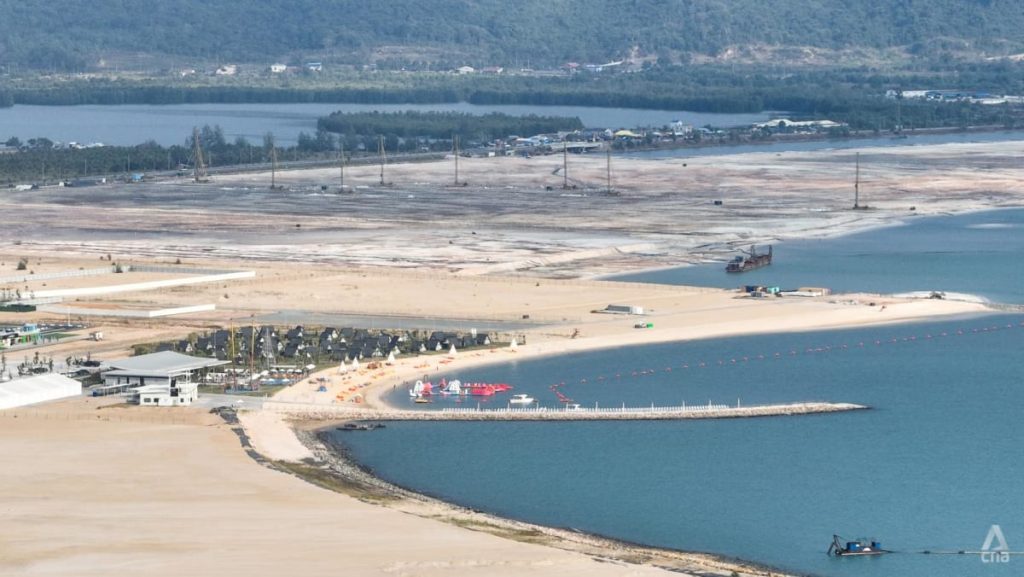The development project in Sihanoukville, a coastal city in Cambodia, has attracted significant investment and attention due to its potential for economic growth and expansion. However, the large-scale development has also led to discontent among local residents and raised concerns among environmentalists. The project, which includes the construction of luxury resorts, casinos, and residential complexes, has significantly transformed the city’s landscape and sparked debates about its long-term impact on the environment and local community.
Many locals have expressed frustration over the rapid development and its consequences, including rising housing prices, loss of livelihoods, and increased traffic congestion. Some residents feel that they have been marginalized and excluded from the decision-making process, leading to a sense of disenfranchisement and anger towards the authorities and developers. As a result, protests and demonstrations have erupted in Sihanoukville, with residents calling for more transparency, accountability, and community engagement in the development plans.
Environmentalists have also voiced their concerns about the impact of the development project on the region’s fragile ecosystem, particularly its pristine beaches and marine biodiversity. The construction of hotels, casinos, and infrastructure has led to deforestation, pollution, and habitat destruction, posing a threat to the environment and wildlife in the area. Conservationists are calling for stricter regulations, sustainable development practices, and environmental impact assessments to mitigate the negative effects of the project on the environment.
The influx of foreign investors, tourists, and workers has also raised worries about social issues such as human trafficking, exploitation, and inequality in Sihanoukville. The rapid influx of people and construction has strained the city’s infrastructure, healthcare system, and public services, leading to concerns about overcrowding, sanitation, and public safety. There are growing calls for the government to address these social challenges and prioritize the well-being of local residents, workers, and communities affected by the development project.
Despite the challenges and controversies surrounding the development project in Sihanoukville, some argue that it has the potential to boost the city’s economy, create jobs, and improve living standards for residents. The construction of new infrastructure, hotels, and entertainment facilities could attract more tourists, investors, and businesses to the region, stimulating growth and development in the local economy. Proponents of the project believe that it will bring prosperity and opportunities to Sihanoukville, transforming it into a vibrant and competitive coastal destination in Southeast Asia.
In conclusion, the multi-billion dollar development project in Sihanoukville has generated mixed reactions among locals, environmentalists, and stakeholders, reflecting the complex challenges and trade-offs involved in large-scale urban development. While the project has the potential to drive economic growth and modernization in the city, it also raises serious concerns about social, environmental, and cultural sustainability. As the project moves forward, it is crucial for the government, developers, and communities to work together to address these issues, ensure equitable development, and protect the environment and well-being of all residents in Sihanoukville.















